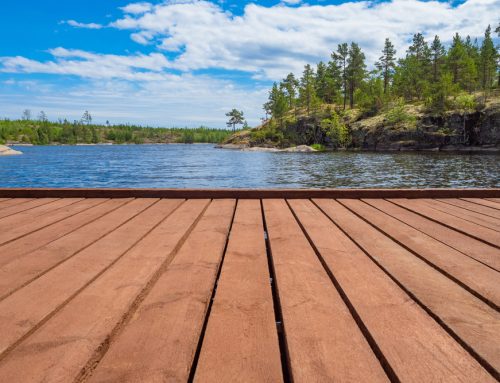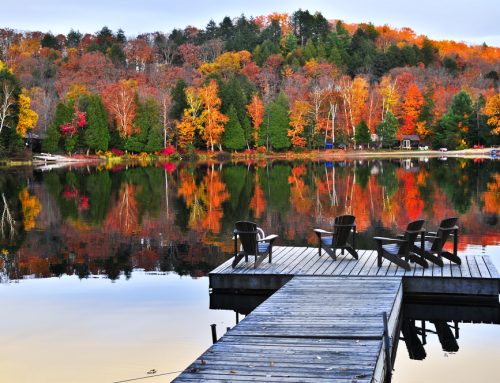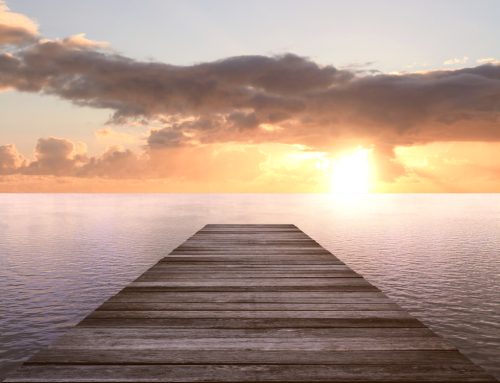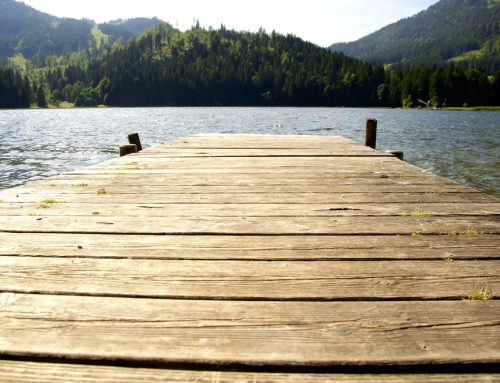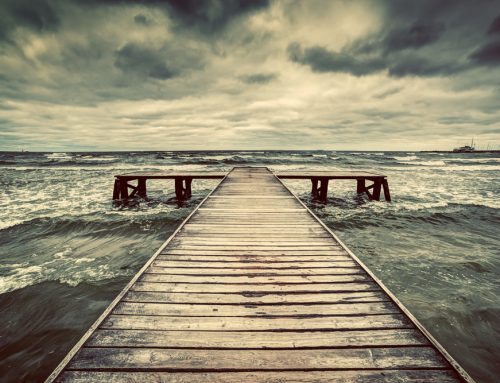Your dock is more than just a structure—it’s your access point to the water, a hub for lakeside memories, and a vital part of your property. But just like any outdoor investment, it’s constantly at war with the elements. Sun, water, wind, and time all take their toll. If you ignore the early warning signs, small dock issues can snowball into major repairs—or worse, total replacements.
Knowing what to look for is the first step in protecting your boat dock and avoiding costly dock repairs. Here are the five most common dock problems, why they happen, how they can affect you, and what you can do to fix them before things get out of hand. Whether you have a new dock or monitoring an old dock, preventative maintenance is essential.
1. Wood Rot and Structural Deterioration
Wood rot is one of the most persistent threats to any dock made from timber. You might not even notice it at first. It starts deep within the fibers—thanks to constant moisture exposure and poor ventilation—and slowly eats away at the structure from the inside out. Over time, you’ll notice spongy spots, soft boards, or dark patches that never seem to dry.
Rot doesn’t just ruin the appearance of your dock. It weakens everything. If left untreated, entire support beams can crumble under pressure. The fix? Any rotted sections should be replaced with pressure-treated or composite dock materials. Afterward, applying a high-quality marine-grade sealant will help lock out moisture and fungal spores.
Prevention is the real game-changer here. Regular inspections, especially after heavy rainfall or flooding, let you catch rot early. If you haven’t waterproofed your dock in the past couple of years, reach out to us at Karina Lake & Pond Services, we regularly inspect the existing structure and apply routine maintenance and timely repairs to keep your dock functional and pristine.
2. Loose or Warped Deck Boards
When you step onto your dock and it creaks—or worse, shifts underfoot—you’re probably dealing with loose or warped boards. These aren’t just annoying. They’re dangerous. Tripping hazards, unstable walking surfaces, and compromised structural integrity are all risks you don’t want to take lightly.
The reasons behind this problem often trace back to changes in temperature and moisture levels. Wood expands and contracts, and over time, fasteners can pop loose or boards can twist out of shape. In some cases, corrosion eats away at the screws or bolts holding everything together.
To fix this, you’ll need to either refasten the boards using corrosion-resistant screws or replace the boards entirely if they’ve become permanently warped. It’s not a massive repair job, but it makes a huge difference in both safety and usability. Even replacing a few boards can improve the safety and functionality of your dock equipment.
The best approach is staying ahead of it. Make deck board checks part of your seasonal maintenance routine. A few minutes with a screwdriver now can save you hours of dock repair work later and significantly reduce long-run repair costs.
3. Cracked or Split Pilings
Pilings are the legs of your dock—they hold everything up. When they start to crack or split, especially near the waterline, your entire dock is at risk. These types of issues are most common in areas with freeze-thaw cycles, where water seeps into small openings and expands as it freezes. Over time, this constant pressure leads to deep splits, leaning posts, and uneven dock surfaces.
You may not always notice this issue from the surface. Cracks can hide below the waterline or blend in with old wood. But if your dock feels unstable or dips to one side, it’s a clear sign that something below isn’t right. Unstable pilings can create serious safety hazards if not handled promptly.
The fix often involves reinforcing or replacing the damaged pilings. Marine-treated wood and PVC sleeves are strong solutions that resist water damage and increase your dock’s lifespan. Reinforcements can stabilize a piling that’s still structurally sound, while full replacements may be necessary for more severe damage.
Don’t wait for your dock to shift before checking your pilings. The earlier you spot a problem, the easier it is to fix—and the safer your dock stays. Addressing structural issues early is a form of preventative maintenance that saves both your waterfront property and your wallet.
Understanding the structural differences between floating and standing docks can provide further insight into how pilings function and why they may be susceptible to damage; for more information, read our article on Floating Docks vs. Standing Docks, Pros and Cons.”
4. Rusted Hardware and Metal Components
Metal is essential in dock construction—but it also has a weakness: corrosion. Rusted bolts, nails, hinges, and brackets are more than just eyesores. They can fail without warning, leading to unstable railings, loose boards, and dangerous collapses.
This problem is especially common in saltwater environments or areas with high humidity. Even in freshwater, inferior or mismatched metals can create electrochemical reactions that speed up corrosion, particularly around connection points on metal docks.
Replacing rusty hardware with marine-grade stainless steel or hot-dipped galvanized metal is the best solution. These materials are specifically designed to resist rust and corrosion, even in the harshest conditions. If you’re already seeing rust, it’s time to inspect every connection—because where there’s one corroded screw, there are likely more signs of wear and tear.
To prevent corrosion in the future, clean your hardware regularly and avoid mixing different types of metals in the same connection, which can accelerate wear through galvanic corrosion. At Karina Lake & Pond Services we use the right dock materials to protect the entire structure from elements.
5. Shifting or Sinking Dock Platforms
If your dock seems to be tilting, dipping lower than it used to, or floating unevenly, you’re probably dealing with shifting or sinking platforms. This can happen when anchor points become unstable due to erosion, or when water levels rise and fall dramatically. In fixed docks, the soil beneath footings can wash away. In floating docks, aging floats can take on water or collapse.
The problem can escalate quickly. A dock that’s out of level puts stress on its joints and increases the chance of collapse. These are common dock issues that often result from several factors, including improper installation and failure to account for harsh weather conditions.
Solving this issue depends on the dock’s design. Fixed docks may require deeper, erosion-resistant footings or re-anchoring. Floating docks might need new flotation devices or adjustable legs to level things out.
Keeping an eye on shoreline erosion and checking platform alignment regularly helps you catch shifting early—before it becomes a safety hazard. In some cases, a full replacement may be needed if the existing dock has suffered severe damage beyond minor repairs.
Bonus: When to Schedule a Professional Dock Inspection
You don’t always need a major storm or visible damage to justify a professional dock inspection. In fact, catching issues early is exactly what inspections are for. Schedule one annually—or anytime after severe weather, a hard freeze, or heavy dock use.
A thorough inspection should cover structural integrity, hardware condition, flotation systems, anchoring, and surface wear. Inspections require specialized tools, an experienced team, and knowledge of local regulations to ensure safety and compliance for your dock.
The insights from an inspection not only keep your dock safe but can also extend its usable life by years. Whether it’s springtime debris cleanup, checking dock bumpers, or preparing for early spring activities, staying proactive with your dock maintenance helps prevent costly problems down the line.
Protect Your Dock with Karina Lake & Pond Services
Don’t wait until minor dock issues turn into costly repairs. Trust the experts to inspect, maintain, and restore your dock with precision and care. Contact us today to keep your waterfront safe and worry-free throughout the entire season.

